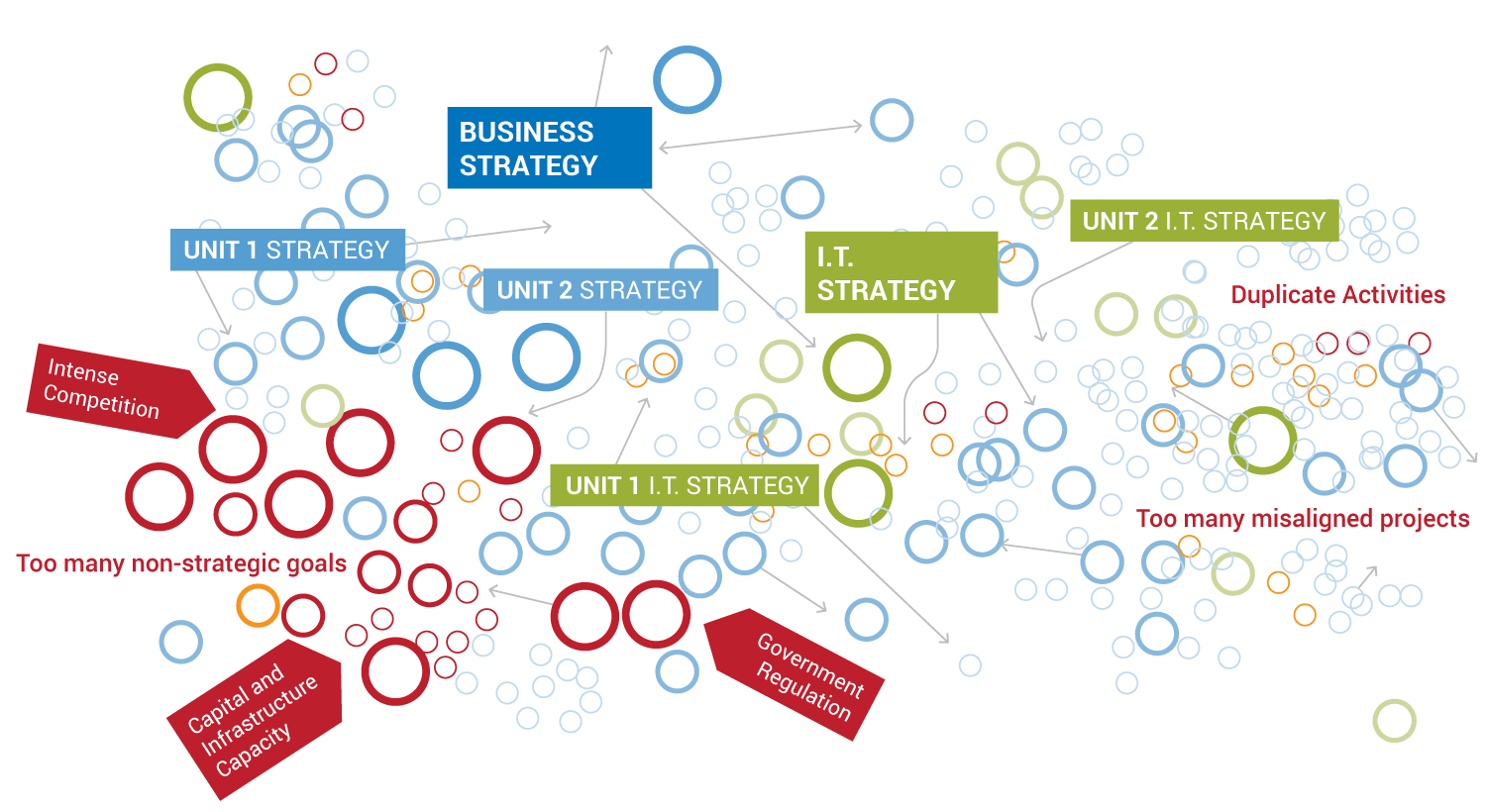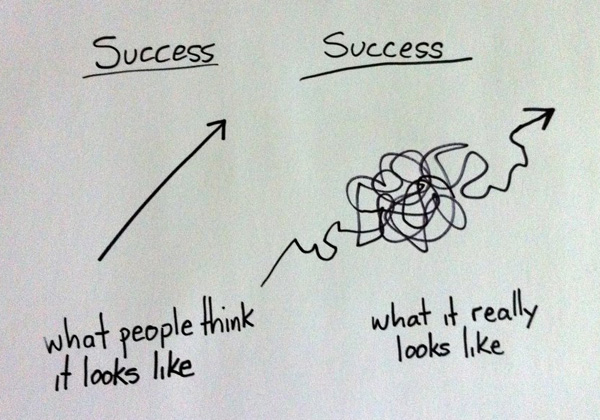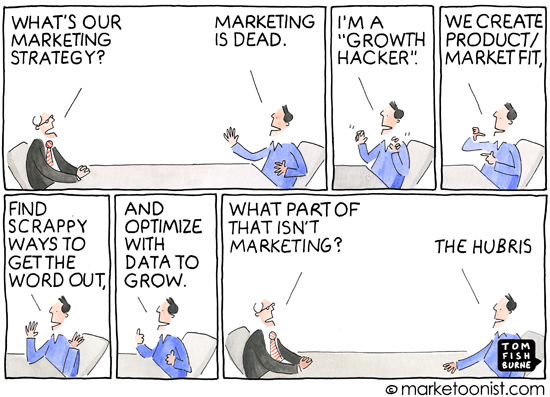While I fell into marketing on accident, I’ve thoroughly enjoyed applying a scientific approach to improve marketing KPIs, from email open rates to paid search cost-per-click or e-commerce conversion rates and everything in between. In today’s ever-changing world of new tactics and emerging channels, marketers are expected to track and report on dozens of metrics to capture the full picture.
As the marketing landscape grows more complex, every business will compete to stay ahead of the curve, unknowingly losing focus of metrics that assimilate their business goals; metrics like cost per acquisition, time to conversion, customer lifetime value, and churn rate. These old-fashioned KPIs are still hugely important, though maybe not as glamorous as watching branded social buzz transpire, or inching keyword rankings into the top spot.
To complicate matters, many marketing analytics tools pigeonhole their reporting into the associated niche: SEO, SEM, social, email, advertising, content marketing, etc. If you’re in a startup hoping to aggregate all this info into a simple one-page report, good luck. And if you’re part of a bigger marketing team, this problem is likely just as rampant across the department or maybe higher up.

That’s why my goal this year is to stop frolicking over vanity metrics and, instead, isolate a few meaningful, actionable metrics that directly reflect business objectives. Not surprisingly, shifting corporate culture or strategic alignment is no easy task. So first, let’s clarify some vanity metrics I hear around the office kegerator.
Common Vanity Metrics
Web Traffic – Growing your brand’s exposure is a reasonable goal, especially for websites that drive transactions. Without proper context though, traffic volume is meaningless. Instead, shift focus to engaged visitors or goal completions, as these are more closely tied to business objectives.
Keyword Rankings – SEOs are always challenged to demonstrate direct business impact as their improvements are often several degrees from the bottom line. Now, in the age of (not provided), isolating meaningful KPIs is even more difficult. But diligently tracking phased SEO changes will empower marketers to pinpoint their impact on ROI.
(Lots of) Social Stats – Social media marketers swim in a sea of fans, followers, retweets, shares, mentions, likes, comments, +1s… you get the idea. These are the micro-level actions, but they are disconnected from sustainable business growth. Alternatives to these stats are engagement rates or traffic from social networks.
Any of these metrics could be moving up and to the right while a business struggles to survive. But when brands put their audience first (whether readers, leads, or customers) and produce high-quality content, they can gauge metrics on acquisition, attribution and retention.
By no coincidence, their traffic grows, rankings improve and social following proliferates. But these are by-products of executing a proper marketing strategy that is rooted in strategic business goals. Thus, no matter how big your organization, I propose the following:

Revisit Metrics Based on Business Goals
Circling back to the classic KPIs I first mentioned, here’s a quick list of resources to calculate metrics that matter. Keep in mind, calculating these is not an easy task, and interpretations will vary.
Cost Per Acquisition (or lead) – This metric depends greatly on industry. If your average order value is $250, what are you willing to spend to get a new customer? Here’s a helpful CPM/CPC Calculator to get you started.
Time to Conversion (or sales cycle length) – Somewhat tricky and varies widely across industry. This aids sales teams to see what’s in their pipeline. Attribution Modeling is a great way to grasp the sales cycle. But be careful and don’t over-emphasize reducing time to conversion.
Customer Lifetime Value – Several calculation methods are available. Together with cost per acquisition, this metric is hugely valuable for any marketer. Check out this Starbucks Case Study & Infographic by KISSmetrics.
Churn Rate – Also tricky: this is the rate at which you lose customers in a given period, typically monthly, quarterly or annually. Knowing your sales cycle is very helpful. Check out this helpful post on churn rate calculation methods.
In Conclusion
Marketers shouldn’t abandon campaign performance and specific channel KPIs, but acknowledge metrics that indicate more direct business impact. In your quest to estimate these metrics, you may uncover invaluable insights. Maybe you find that paid search traffic converts at 0.33% and your average cost per click is $1.80, resulting in a CPA of $545 for that channel.
The concept of analytics should be tangible by more than the marketing analysts. Choosing the right strategic alignment and KPIs for your team fosters pragmatic decision-making.
Marketers that tackle these metrics effectively will be more in sync with finance, sales, and customer support teams. Recognizing that sustainable growth goes beyond mere campaign success will empower organizations with agility to make better informed decisions. Now when you pitch the board on a new customer loyalty program or marketing automation software, you can use terminology that speaks to the whole organization.
